
Forest doesn’t just grow in mountains, hills, and valleys. Give certain, special trees the right conditions and they also take root in the shallow mud of estuaries and other coastal situations. The trees that occur, that thrive in such places are various species of mangroves and as is typical of so many other tropical microhabitats, mangrove forests have their own suite of birds.
In Costa Rica, mangrove forests grow on both coasts but are much more common on the Pacific because there are more places where estuaries flow into bays and other shallow, coastal waters. During times of lower sea level, mangroves may have also have been more extensive and this could explain why one of Costa Rica’s few national endemics, the aptly named Mangrove Hummingbird, was able to evolve to only live in this habitat. With that special need in mind, one might expect it to be common in the tall Tea Mangroves and smaller Black Mangroves that dot various sites of the Pacific coast. Although these are the habitats where it lives, especially the Tea Mangroves, you can take a boat beneath the tall quiet canopy and still easily miss it. It’s ironic because even though it doesn’t live anywhere else, even in perfect habitat, the Mangrove Hummingbird is not an abundant species. Given its naturally low numbers and living to a very limited area that can be easily altered, it’s not surprising that this specialized hummingbird is considered to be endangered.
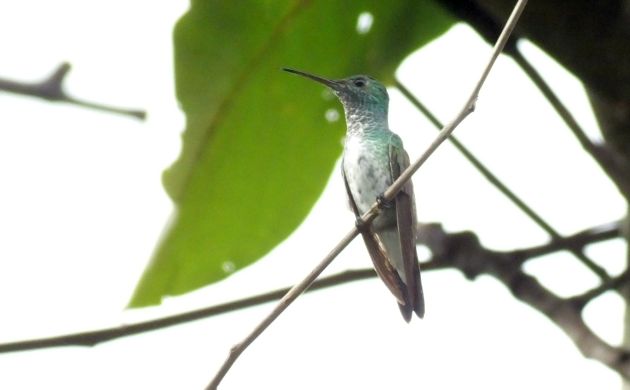
This hummingbird and another mangrove specialist, the Yellow-billed Cotinga, may have been much more common in the distant past. They might even be relicts of pre Ice-Age times when their requisite mangrove habitats covered a larger area. Fortunately, the few remnant areas of mangrove forests in Costa Rica receive a certain degree of protection by either being included in official protected areas or because of legal protections provided to forest. Even better, the government of Costa Rica has stated its commitment to restoring and protecting mangrove forests as part of the Paris agreement. Such protection is vital for this pair of mangrove specialists because they are barely hanging on.
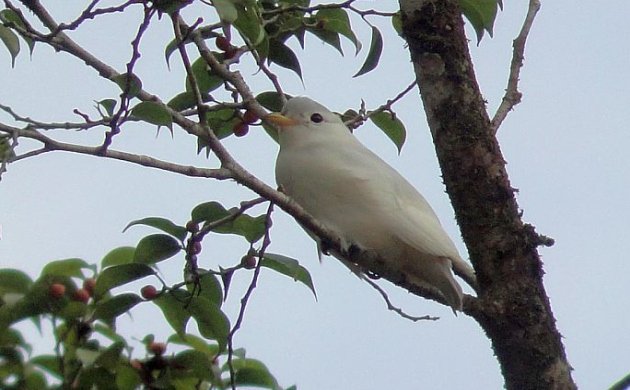
While the hummingbird and cotinga are among the most wanted species when birding mangrove forests in Costa Rica, they aren’t the only birds you can look for. Some of the additional specialties include:
Rufous-necked Wood-Rail
Unlike the much more common and adaptable Gray-cowled and Rufous-naped Wood-Rails, the Rufous-necked mostly bides its time in mangroves. Curiously, it has also been found in some moist forest sites and in common with other rails, wanders on occasion (like when one took that weird vacation in New Mexico) but in general, it seems to love creeping around the bowed roots of mangroves.
Mangrove Rail
In Costa Rica, this former Clapper Rail is pretty local and only occurs in shorter, scrubby mangroves. Given the few areas where it is known to occur, I have to wonder how many actually live in Costa Rica?
Panama Flycatcher
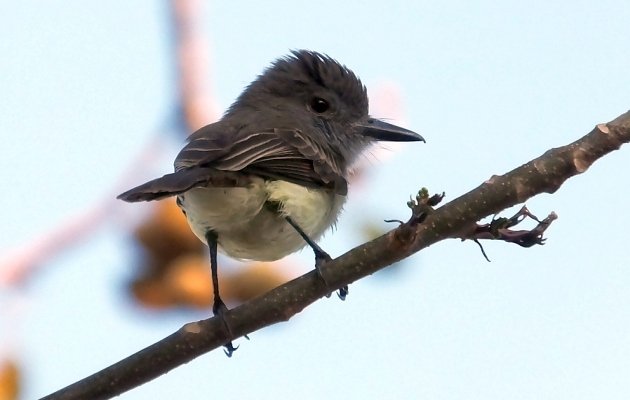
This Myiarchus is a bird of mangrove forests, at least in Costa Rica. Thanks to that distinction, it means that during the winter months, without a whole lot of effort, birding near Carara National Park could yield 5 species of Myiarchus in just one morning.
Northern Scrub Flycatcher
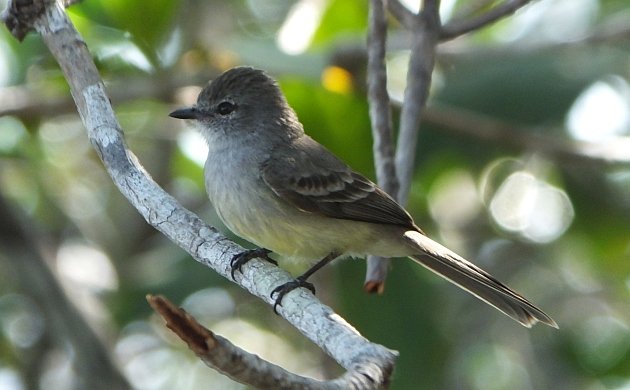
If you go birding in Costa Rican mangroves and see something that looks like a cross between a Myiarchus and an Elaenia, you are probably looking at a scrub-flycatcher. Once you learn their brief whistled call, you may realize how common this cool little flycatcher is.
Mangrove Vireo
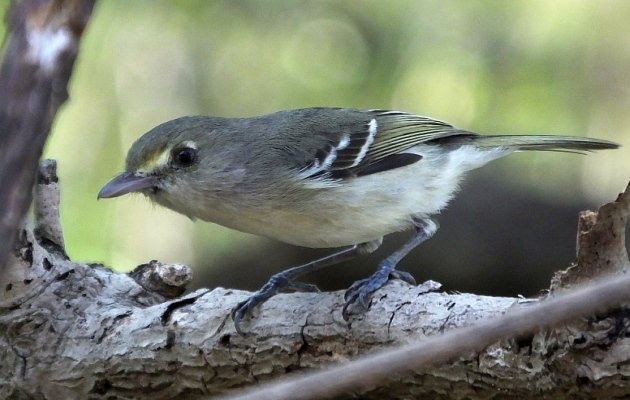
This small, pale bird of the mangroves it’s all that common. Present, but never abundant, the birds in Costa Rica look quite different from the ones in northern Central America.
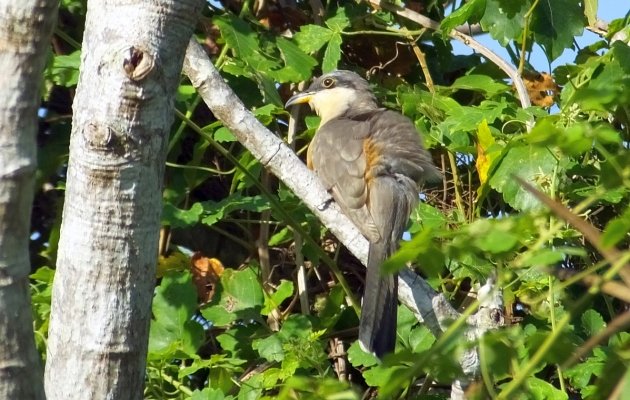
A classic mangrove species in Florida, when in Costa Rica, this cuckoo can also be seen in dry forest and scrubby habitats of the Pacific coast. It also does occur in mangroves but is certainly seasonal and a fair number of individuals come to Costa Rica for the winter.
In addition to the birds mentioned above, go mangrove birding in Costa Rica and you can also see parrots, Scarlet Macaws, the American Pygmy-Kingfisher, and many other species. With luck, you might even find a roosting potoo. Hopefully, this information will act as a reminder to include some mangrove birding on your trip to Costa Rica. There’s always a lot to see!













Excellent
Hi Patrick
Many thanks for an informative article. What is the earliest time of year that the wintering Mangrove Cuckoo can be expected in Costa Rica?